By Eric T. Baker
At first glance, it would be easy to confuse Full Spectrum Warrior: Ten Hammers (FSW:TH) by Pandemic Studios and from THQ for the PC, PS2, and Xbox 360 with one of the modern combat shooting games currently on the market, such as something from the Ghost Recon series. Despite it’s first person look, however, FSW:TH is a sequel and update of the original Full Spectrum game, and that game began life as a simulator developed by the army to teach small unit tactics for its fire teams. Tactics and strategy remain what FSW:TH is all about.
In the majority of the scenarios in FSW:TH, the player takes command of two modern day infantry fire teams (American or British), each with a team leader, a rifleman, an automatic rifleman, and a grenadier. Some scenarios add a Bradley fighting vehicle and some add a native scout. Without ever looking down the barrel of a gun, the player guides their soldiers across the maps (the setting is the fictional country of Zekistan) battling insurgents by assigning cover fire, support sites, and targets. Context sensitive cursors make the interface easy to learn and use, and the player will quickly get into the rhythm of always supporting one unit with the other. There is a cooperative mode where each player controls one squad and supports the other, and there is also a vs. mode where players pit squads against one another.

On the other hand, Battlefield 2: Modern Combat from EA and by Digital Illusions for the Xbox 360 is all about shooting. It is also set in the modern day, but it has a specific, Russian setting. The fights are between U.S. led United Nations troops and Chinese regulars. Instead of squads, the player controls a single unit at a time. There are a variety of infantry types, plus tanks, jeeps, boats, and helicopters. While all of these types and their weapons are based on real world counter parts, they have all been modified and balanced in their effects. Real world accuracy has been traded for in game playability.
The move to the 360 means the BF franchise is now available for play with console ease at PC graphics quality. It is easier to play multiplayer over Xbox live, and the graphics quality is very handy when trying to decide what is an opponent and what is background. Also, this 360 version, in the single player mode, has hot swapping, which allows the player to change from unit to unit with the press of a button. Given how limited the allied AI is, this feature gets a lot of use as the player works through the 20 single player missions.
To create the five maps on which their 48 scenarios, all set during the Second Manassas Campaign in August and September of 1862, take place, the designers at Mad Minute game went to the Library of Congress. Such is the attention to history and detail in Take Command 2: The Battle for Manassas for the PC. A strategy game with 3D animation of the units, what TC2M lacks in slickness it makes up for in scalability and artificial intelligence.

The hallmark of this game is that the players can command the battles at whatever level of strategy they desire. They can take the role of the general and direct the whole army, leaving the AI to command the regiments, or they can place themselves lower in the chain of command, gaining greater control of individual units while letting the computer control more of the army as a whole. The players can work through the historical campaign, the results of each battle affecting the next, or play “what if” battles with the troops, or design custom battles all their own.

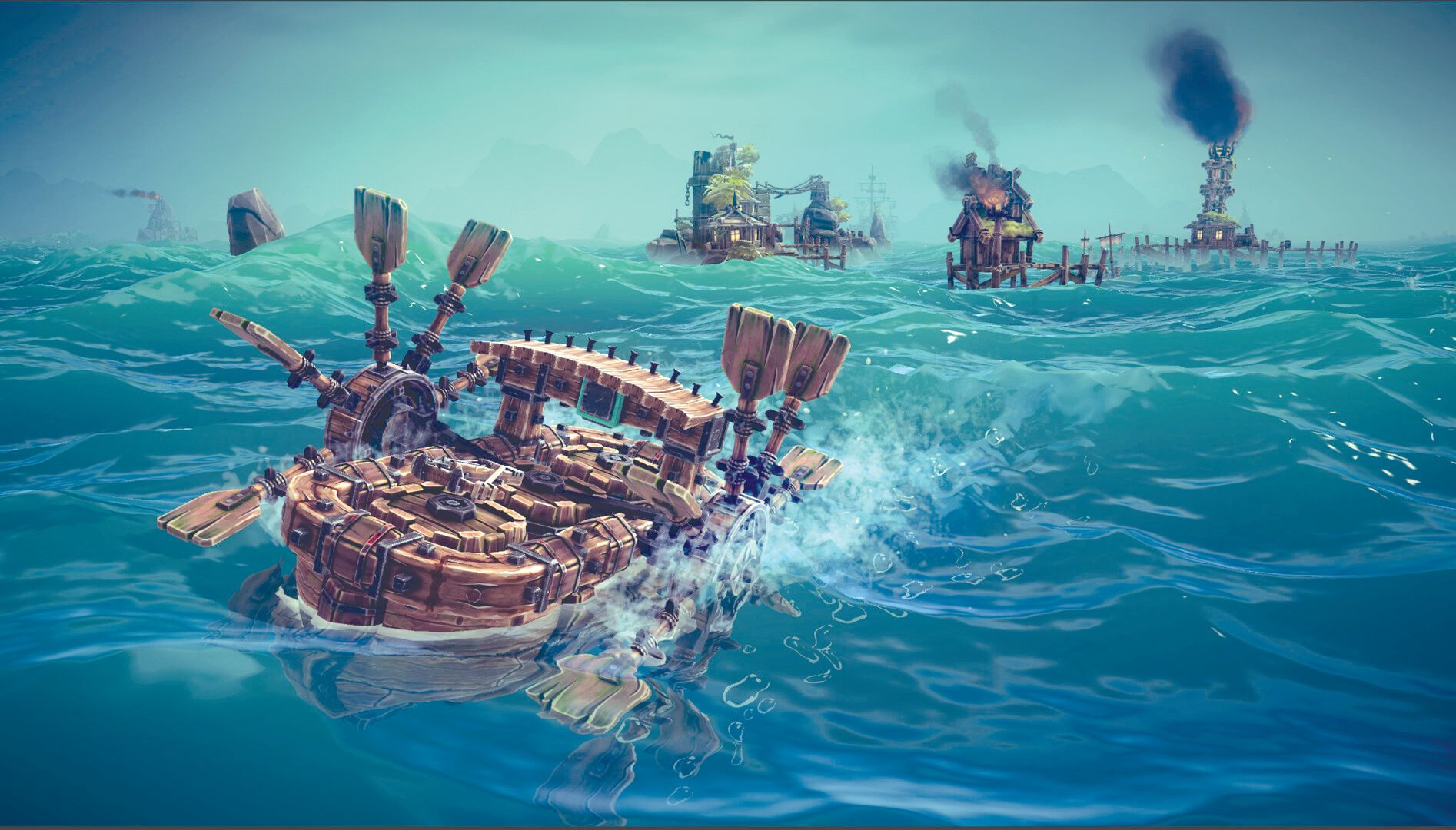
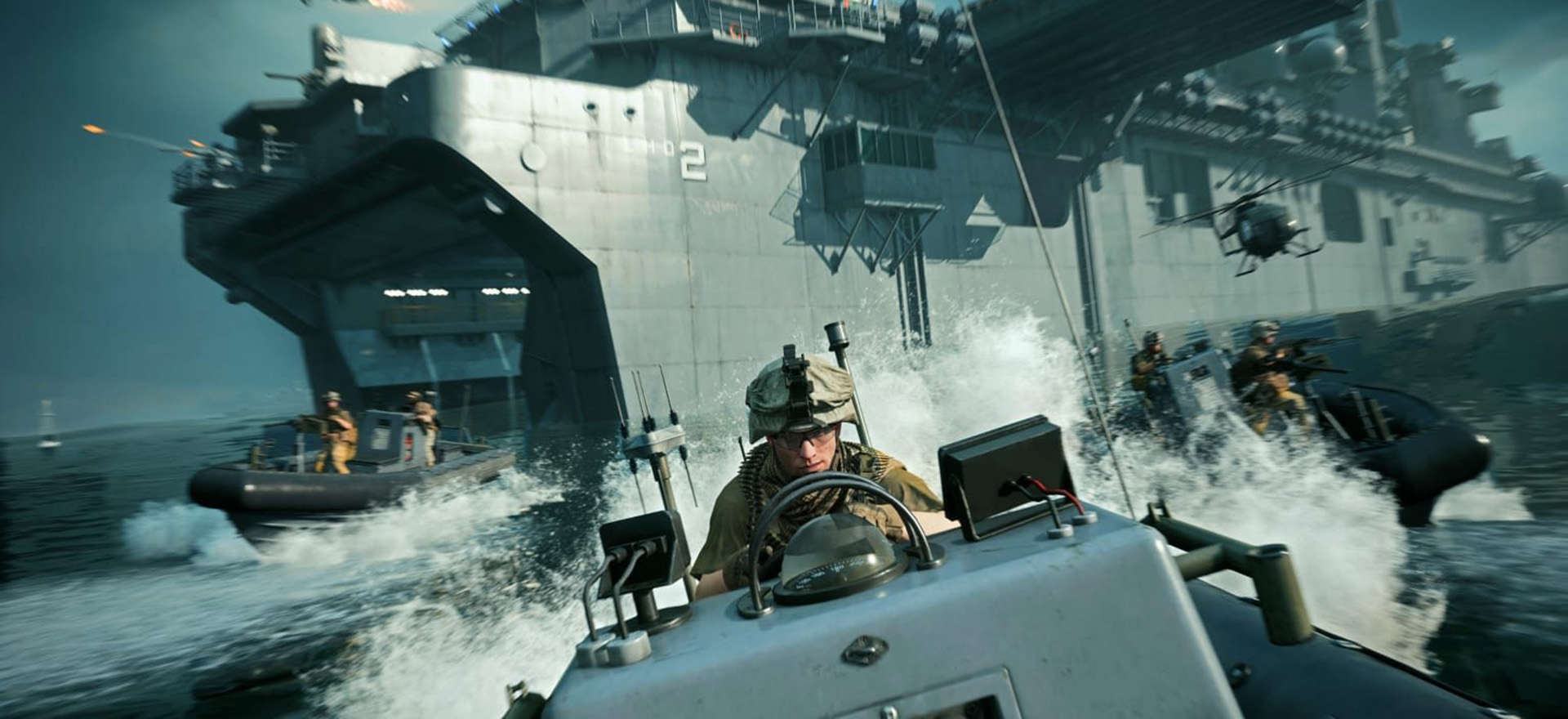
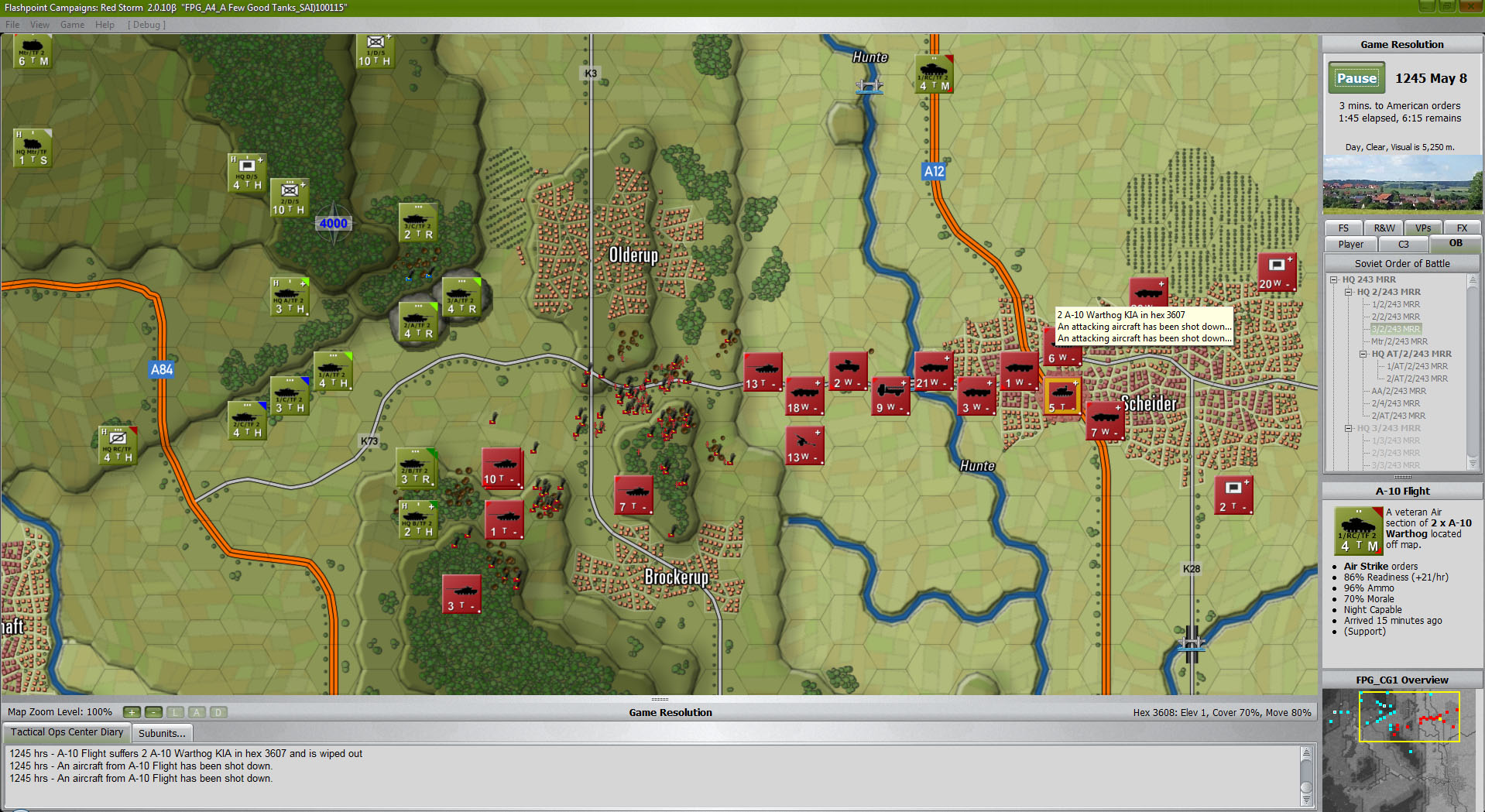
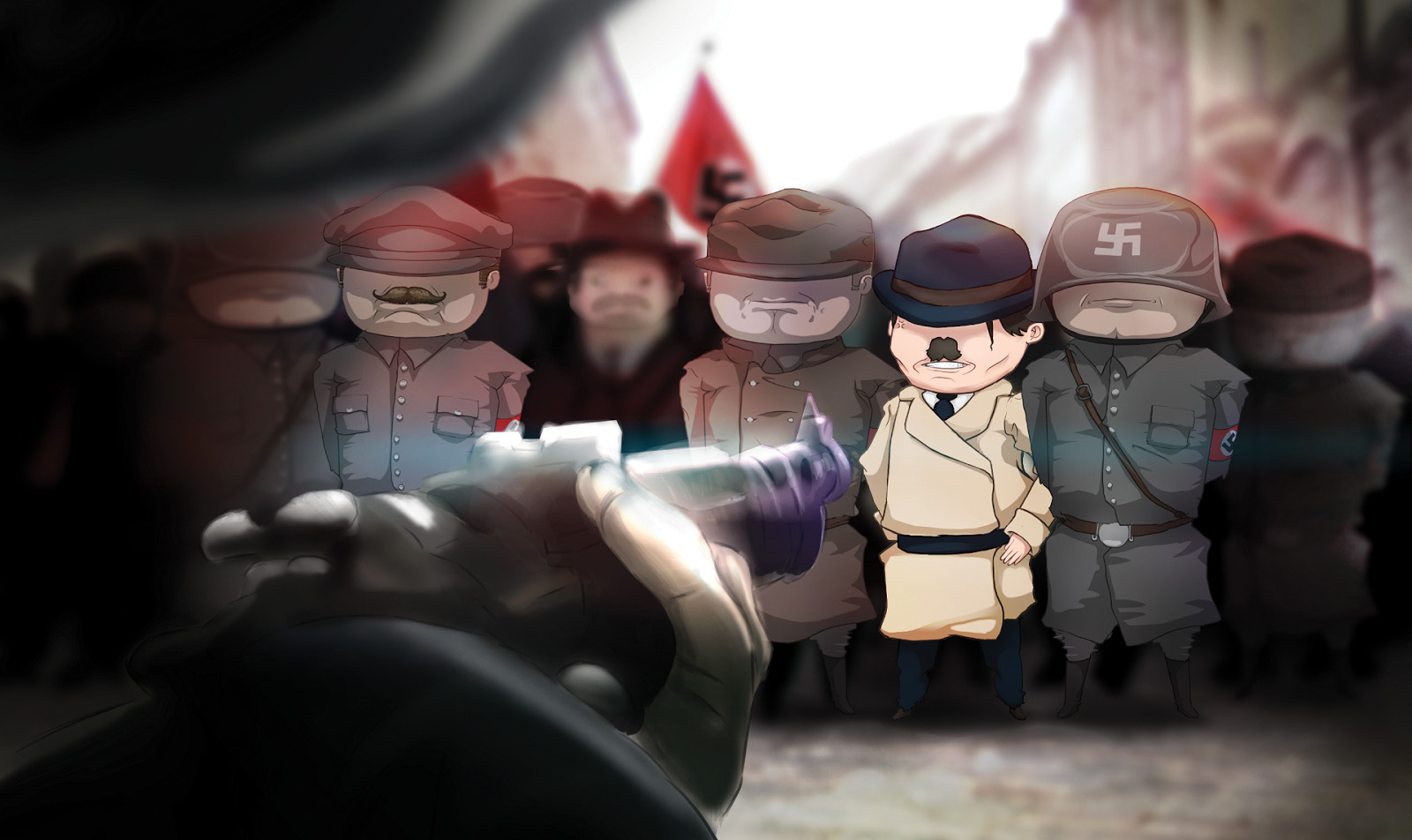
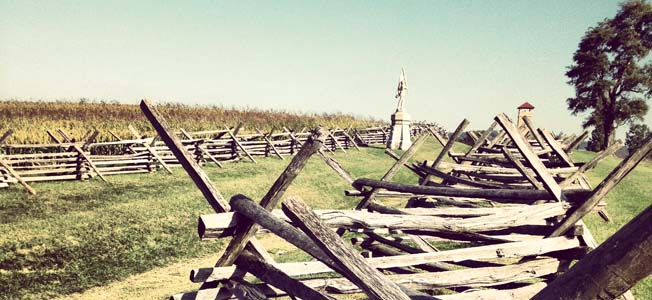
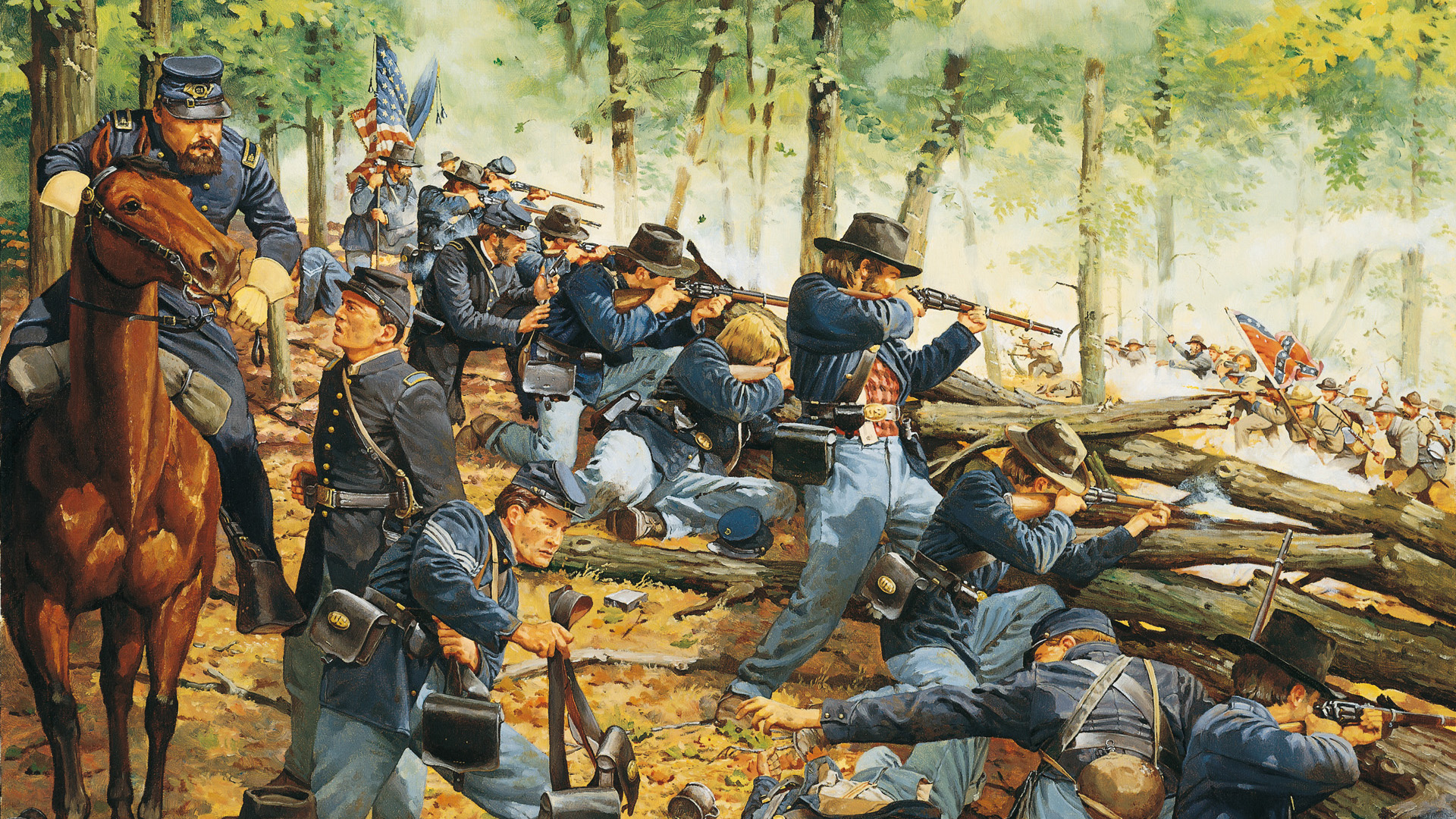
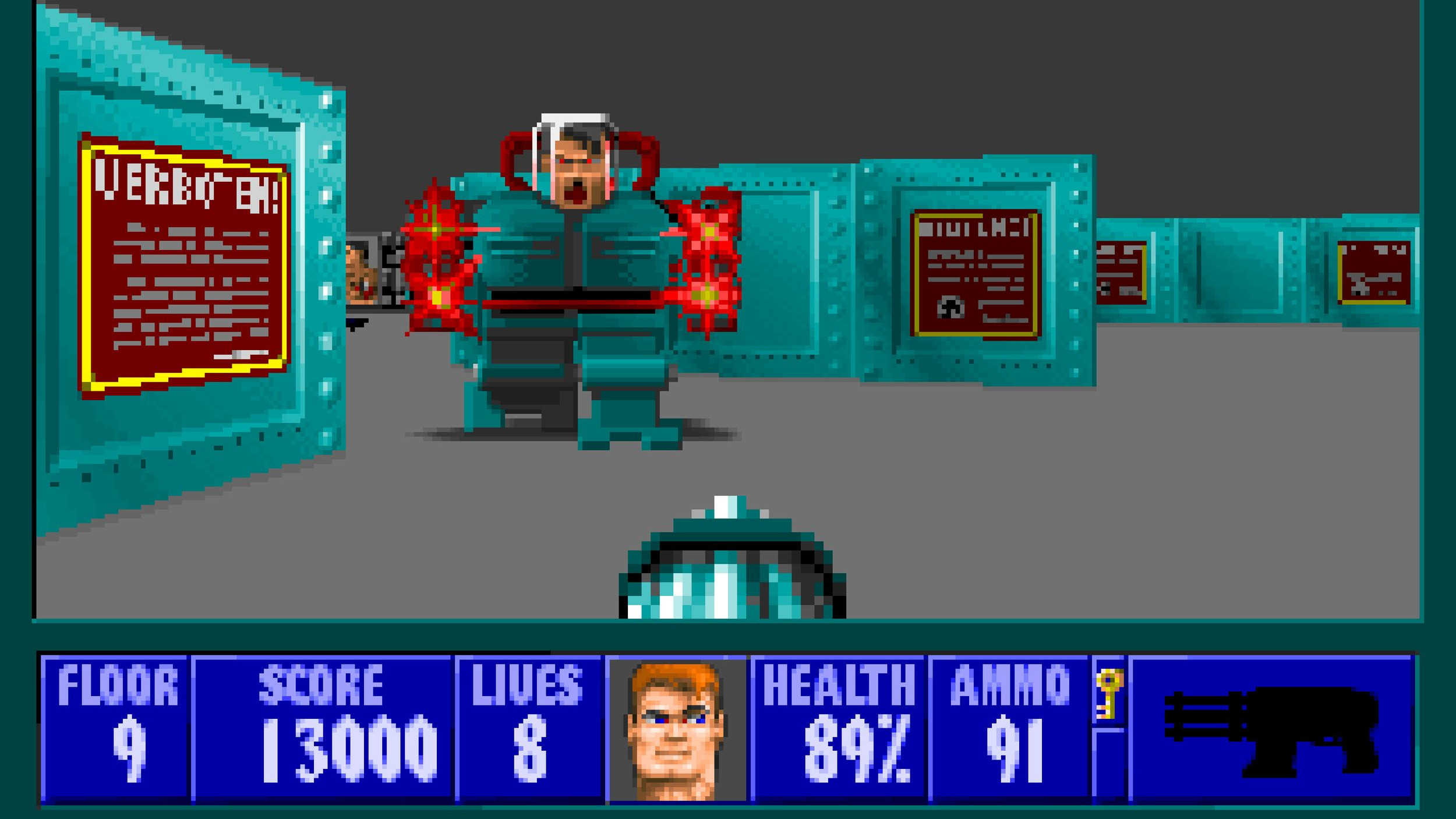

Join The Conversation
Comments
View All Comments